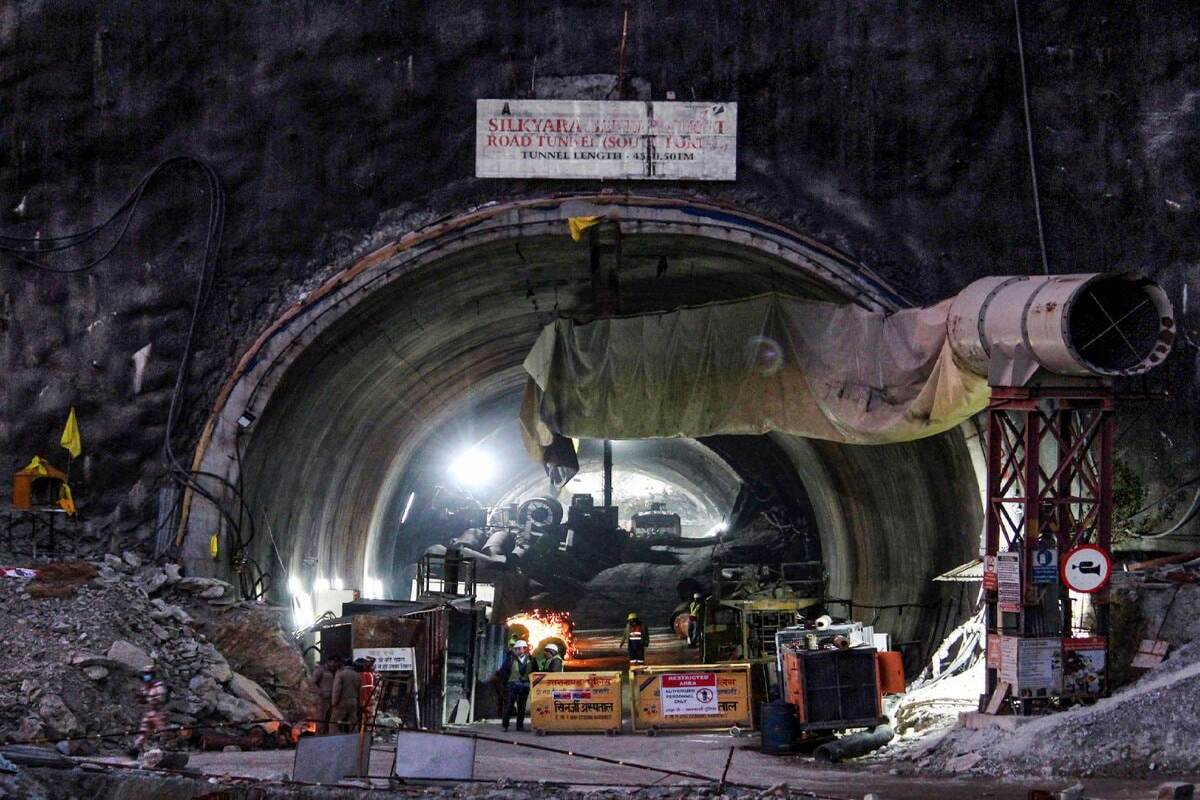The rescue operation for the 41 workers trapped in the collapsed portion of the Silkyara tunnel in Uttarkashi is set to take a new approach. Manual drilling is expected to commence soon to cut through the debris that separates the rescuers from the workers. This development follows efforts to remove the US-made Auger drilling machine from the pipeline through which the trapped workers are to be brought out. Once the machine is successfully extracted, manual drillers will work to eliminate the remaining rubble, enabling the insertion of the pipeline through the final few meters.
The decision to shift to manual drilling aims to address challenges faced during the use of the Auger machine. Obstructions encountered every two to three feet necessitated the removal of the machine, resulting in a time-consuming process of rolling it back by 50 meters for repairs. The manual drilling approach allows for more flexibility, as any obstructions encountered can be resolved manually, minimizing downtime.
Advertisement
A senior official involved in the rescue operation, while talking to a news agency, emphasized that manual drilling, covering approximately 6 to 9 meters of remaining debris, is a strategic move to expedite the operation. After drilling an additional 5 meters manually, the rescuers will reach the final stretch that separates them from the trapped workers. Although a specific timeframe for completing the rescue mission was not provided, officials expressed hope for a positive outcome once manual drilling begins.
Advertisement
Earlier, experts conducted a survey at the tunnel site using ground-penetrating radar (GPR) to assess the subsurface conditions. The survey team found no heavy objects up to 5 meters inside the tunnel, providing valuable information for the upcoming phases of the rescue operation. The use of GPR, a non-destructive technique, aids in evaluating the location and depth of buried objects without disturbing the ground.
The rescue operation, which entered its 14th day, gained momentum with the strategic shift to manual drilling. The workers have been trapped since a portion of the tunnel collapsed on November 12, leading to a challenging rescue mission in the 60-meter stretch on the Silkyara side of the tunnel. The trapped workers are in a 2 km-built portion, ensuring their safety amid the ongoing rescue efforts.
Advertisement









